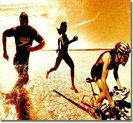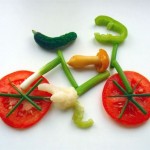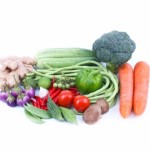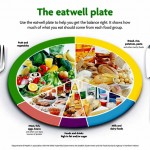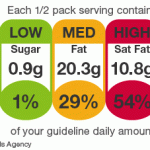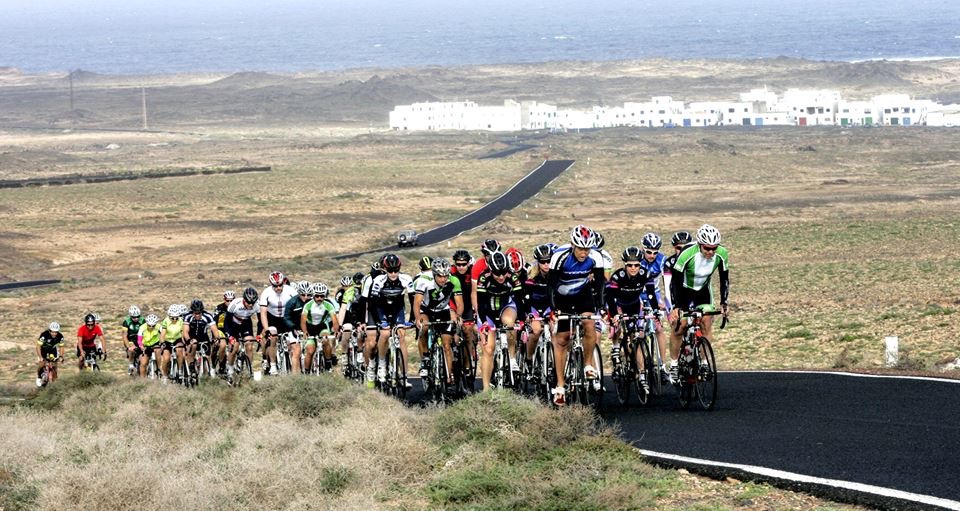Food for Thought
Start of your plan and Lifestyle Change
The diet plan enclosed should provide you with a good base to use which will enable you to structure your eating habits. The meals and food choices have been based on the information you have provided.
Energy, carbohydrate, protein and fat intake have been designed to meet your specific requirements.
At each meal there is a guide to the carbohydrate and protein intake we are aiming to achieve. This allows you to substitute different food options to vary the diet; just aim to get the approximate figure quoted as you will meet your requirements.
You are not expected to religiously follow this plan every day; sometimes due to other commitments it becomes impossible. Ie. Eating out, select food on the menu that is good for you (jacket potato not chips). Do not be too concerned if you can’t follow this plan on the odd occasion; simply get back on track as soon as possible.
Metabolism:
Is best understood by thinking of it as the rate at which the body burns energy; from the food and drink you consume.
The metabolic process begins as soon as something enters the mouth. Your body starts to use energy in breaking down the food before passing it on to the stomach. Here further energy is used in producing gastric fluids that continue the process.
SDA (Specific Dynamic Action) is the scientific explanation behind this process. Simply meaning the amount of energy required to digest something that you eat.
By not eating (skipping meals)
Your body goes into ‘starvation mode’
=
Slowing of the metabolism and
Retention of energy store (fat)
A good example of SDA is celery and chocolate. Celery requires a fair amount of chewing and breaking down in the mouth before it can be swallowed, and then spends considerable time being broken down in the digestive system.
Whilst chocolate, when put into the mouth, melts into a semi liquid state taking very little energy to get from A to B.
A healthy metabolism is, dependant on regular meals and regular activity.
Breakfast
Mid morning Snack
Lunch
Mid afternoon Snack
Dinner
The Balance of Good Health
Making small changes to the balance of foods you eat makes a big difference to your health and vitality. The better you feel, the better you will look and the better you look, the better you will feel.
Choosing from a wide variety of foods from the five main food groups will ensure that you benefit from a wide range of nutrients as well as making your meals more colourful and tasty.
How healthy is your daily diet?
We all think we eat a healthy diet! It never hurts to look at what you are actually eating though! Being knowledgeable about a topic doesn’t always translate into putting that knowledge into practice.
Let’s look at what we are eating! – Knowing what you are currently eating will help you to answer for yourself the question I hear most often from athletes of all abilities: “What should I be eating?”
Personal Pyramid
Analyse your current eating habits: First look at the Food Guide Pyramid, this serves as a guideline for making healthy food choices. The Food Pyramids organizes foods by nutrients they contain into five major food groups – capped by a group of foods high in fat and /or sugar that contains few or no nutrients, such as coffee, tea and alcohol..
As the pyramid shows:
- Eating generous amounts of plant based foods, such as breads, cereals, wholegrain.
- Fruits and vegetables form the foundation of a healthy diet.
- Consuming adequate amounts of meat and other protein foods, as well as dairy products, ensures that you are eating a well balanced sports diet.
- Capping off your daily diet with limited amounts of “empty calorie” foods, such as fats and sweets, that are high in calories but low in most nutrients, makes eating an enjoyable experience. These foods also help endurance athletes meet their high-energy needs by supplying extra calories.
You will notice that in the pyramid, in the meat group includes some protein-rich foods, including meat, fish, poultry, as well as dried beans and peas, eggs, tofu, nuts and seeds, peanut butter and other nut butters.
The tip of the pyramid (fat, oils and sweets) is home to such foods as coffee, tea, soda, fruit-flavoured drinks, alcohol, cream cheese, butter and margarine, salad dressing, jam, mayonnaise, non-dairy creams, condiments, sour cream, sugar, sauces, gravy, bacon, French fries, onion rings, snack foods, cakes, pastries, pies, sausage rolls and doughnuts. These are the foods that have the hidden fats and high in Calories.
Take a few minutes to recall what you had to eat (and Drink) yesterday from the time you rose from bed to the time you went to bed. If for whatever reason that day was a strange day, like you were travelling or ill use another day. Write everything down and try and analyse what has passed through your lips include beverages, snacks, foods eaten on the run, energy drinks, bars. Even condiments such as parmesan added to your spaghetti.
One day of tracking your eating habits doesn’t give you a complete picture of your diet, but it can be a useful reality check. You may be pleasantly surprised at how well you’re doing at meeting your nutrition needs, or it may prompt you to rethink some of your current choices.
Notes:
Carbohydrates are important fuel for exercise. Carbohydrate is stored as glycogen in the Liver and in the muscles. Once carbohydrate stores are depleted an individual will become fatigued and unable to perform or proceed with intense exercise.
To calculate your daily carbohydrate requirements follow this guide:
Training once a day (racing once a week)
Body weight (KG) x 6 = Carbohydrate requirement (g) per day [60kg athlete [ 60 x 6 =360g per day]
Training twice a day
Body weight (KG) x 8 = Carbohydrate requirement (g) per day [60kg x 8 = 480g per day]
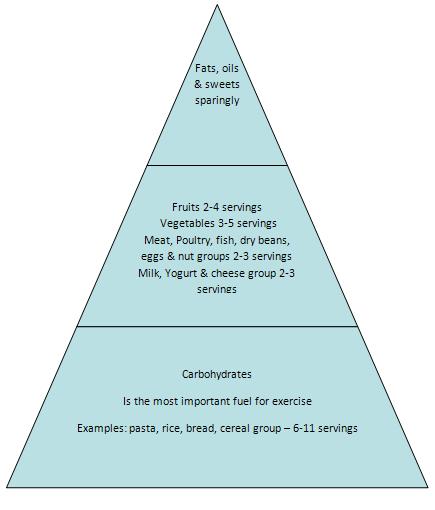
Hydration: – Water 8 servings
Estimating your daily calorie needs
Determining how many calories you require on a daily basis is as much an art as it is a science. Being able to estimate your calorie requirement can help you better understand your energy needs as an endurance athlete.
Less Active: very little or no exercise – taking a break from training or recuperating after an injury or illness
Body weight (lbs) x 14 to 15 calories per pound = —————-calories
Moderately Active: 45-60mins a day of exercise (moderate intensity) most days of the week
Body weight (lbs) x 16 to 20 calories per pound = —————–calories
Very Active: 60-120mins a day specific exercise (moderate intensity) most days of the week
Body weight (lbs) x 21 to 25 calories per pound = —————–calories
Extremely Active: training for an ultra-endurance event, such as an Ironman triathlon or 100ml ultra-run
Body weight )lbs) x 25 to 30 calories per pound = ——————calories
Top of the Pyramid:
Endurance Athletes also deserve to enjoy sweets, treats and some extra fat in their diet, but the warning signs are as important – occasional indulges are good for the body and spirit. Keep in mind that eating too many foods high in fat or sugar and otherwise low in nutrients can become a problem – not only to your health but also to your performance.
If you put 3* petrol in a diesel fueled car what do you think would happen?
| Carbohydrates = 6 to 8g per KG of body weight55% – balance intake4 calories per gm | Protein = 1.2 to 1.7g per KG of body weight15% – balance intake4 calories per gm | Fats = 1.24 to 1.30g per KG of body weight30% – balance intake9 calories pr gm |
Water:
The most important essential element in the circle of life is WATER.
Drinking enough water: Pure, clear, calorie free, fat free water! We think about it perhaps when you feel thirst or curse it when we are dehydrated. How much credit do we give this most valuable commodity?
Look at the pyramid again- do you drink the amount stated?
Water is the ultimate nutrient, especially for athletes. Roughly three quarters of our body weight is made up of water- Water assists the body to conduct almost all its activities. Go a month without food and you would survive – Go a few days without water and you may not!
Water and its functions:
- It helps digest the food through saliva
- Lubricates joints and protects and cushions vital organs
- Transports nutrients, hormones and oxygen through the blood to the working muscles and removes the waste products such as carbon dioxide and lactic acid.
- In urine, water carries waste products out of the body.
- In sweat, it helps regulate body temperature during exercise by absorbing heat generated in the muscles and transporting it through the skin.
Under normal conditions you can lose a minimum of 8 cups of water a day through your skin, lungs, faeces and urine. We can sweat off several cups every hour during exercise. It has been recorded that sweat losses of 2% of your body weight (3 pounds for a 150lb athlete) can impair your ability to perform. How? Sweating reduces your blood volume, especially if you do not drink while exercising. This drop in blood volume reduces your ability to take in and use oxygen, which will decrease your endurance as well as your ability to handle the heat. Classic early signs of inadequate hydration, is dizziness, light-headedness, headaches, loss of appetite, dark coloured urine, lack of energy and fatigue.
Don’t wait until your tongue sticks to the top of your mouth – waiting until that happens is too late – you have become dehydrated – end of Race!

